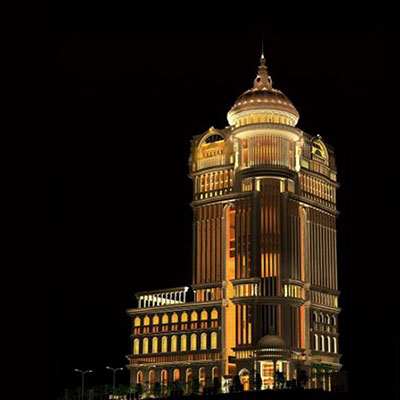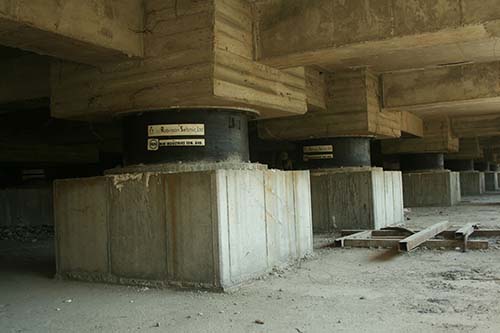High-rise buildings have become iconic symbols of modern cities, standing tall as testaments to human engineering and architectural prowess. The design of these towering structures requires a delicate balance of aesthetics, functionality, and structural integrity. In this blog, we explore the fascinating world of high-rise building design, uncovering the considerations, innovations, and challenges involved in creating these vertical marvels.
- Defying Gravity with Structural Ingenuity: High-rise buildings are architectural wonders that must withstand the forces of gravity, wind, and seismic activity. Designing a structure that can withstand these forces while achieving soaring heights requires advanced engineering techniques and materials. Architects and engineers employ innovative strategies such as reinforced concrete or steel frames, tuned mass dampers, and advanced computer modeling to ensure the structural stability of high-rise buildings. Balancing the need for strength and flexibility, designers create systems that distribute the weight and stress evenly throughout the building, providing stability and safety for its occupants.
- Form Meets Function: High-rise buildings are not just monumental structures; they serve a multitude of functions, ranging from residential and commercial spaces to hotels, offices, and mixed-use complexes. The design of these buildings must cater to the specific needs of their occupants while optimizing space utilization. Architects and designers carefully consider factors such as floor layout, natural light, ventilation, and acoustic control to create comfortable and functional environments within the vertical confines. Balconies, sky gardens, and communal spaces are integrated to provide residents and workers with opportunities for relaxation, social interaction, and connection with nature.
- Embracing Sustainability and Efficiency: With the growing focus on environmental consciousness, high-rise building design is increasingly incorporating sustainable practices and energy-efficient solutions. Designers employ strategies such as green roofs, solar panels, efficient HVAC systems, and smart building technologies to reduce energy consumption and minimize the environmental footprint of these structures. Additionally, thoughtful design considerations such as natural ventilation, daylight harvesting, and rainwater harvesting systems contribute to creating sustainable and eco-friendly high-rise buildings.
- Iconic Architectural Statements: High-rise buildings have the power to shape a city’s skyline and become iconic landmarks. Architects often aim to create visually striking designs that captivate the imagination and leave a lasting impression. From sleek and futuristic facades to unique geometric shapes and iconic silhouettes, high-rise buildings push the boundaries of architectural expression. Each design choice, from the materials used to the incorporation of public art or iconic elements, contributes to the building’s distinct character and its integration into the urban fabric.
- Safety and Comfort: Safety and comfort are paramount considerations in high-rise building design. Fire safety, emergency evacuation systems, and structural resilience are of utmost importance to ensure the well-being of occupants. Building codes and regulations dictate the standards for safety features, including fire-resistant materials, sprinkler systems, emergency exits, and robust security measures. Additionally, designers focus on providing ample natural light, noise reduction, and efficient vertical transportation systems to enhance the comfort and convenience of those inhabiting or visiting these vertical communities.
In conclusion, high-rise building design is a complex and multidisciplinary process that combines engineering prowess, artistic vision, and a deep understanding of human needs. From structural ingenuity to sustainable practices, these architectural wonders are a testament to human ambition and innovation. As our cities continue to evolve, high-rise buildings will continue to shape skylines and provide functional and inspiring spaces for generations to come.





No comment